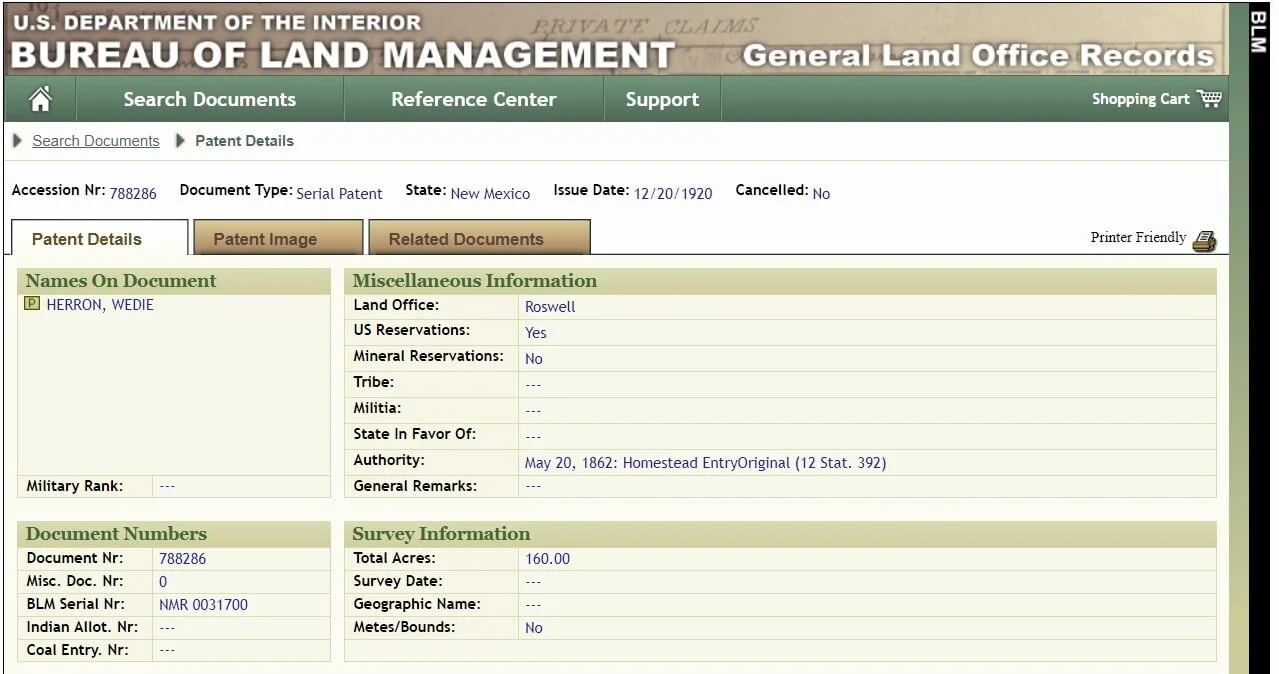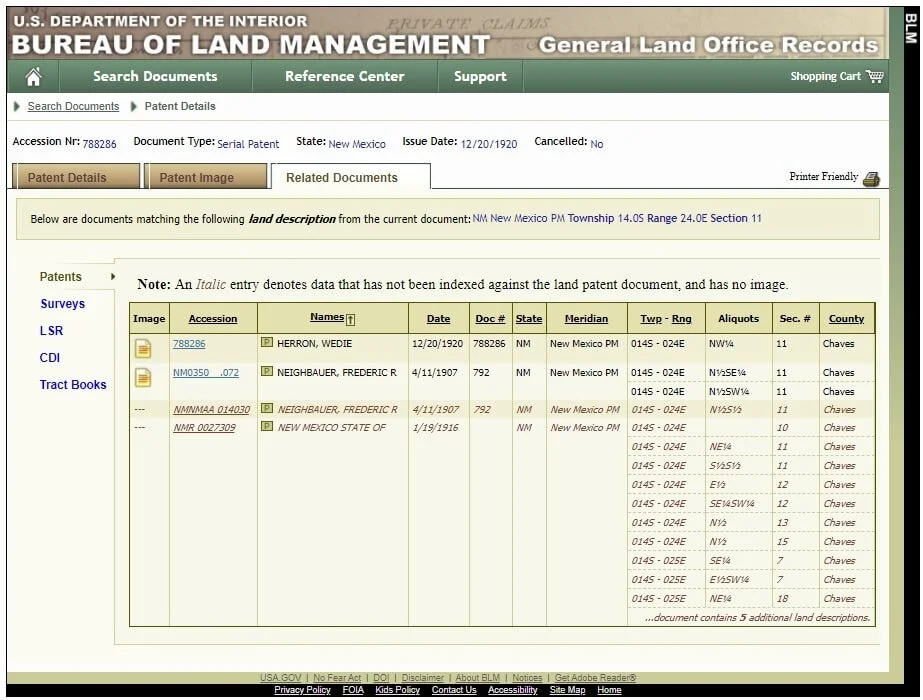Blackdom Had Interesting History By Ernestine Chesser Williams The settlement of Blackdom emerged, flourished, and then vanished. The only evidence that such a community ever existed are some old concrete foundations, boundary markers,- and a few lonely graves that are partially covered over by blowing drifting sand and rough prairie grass. Blackdom was located on the open prairie eighteen miles south of Roswell. It was unique in that it was composed mostly of Black homesteaders. Black sharecroppers in the South were lured to New Mexico by advertising that promised free-land and an opportunity for a new beginning. Blackdom was started in 1901 by Frank Boyer, a teacher from Georgia. In time, between 50 and 75 families claimed some 15,000 acres on the prairie. They erected wooden shacks, worked hard and lived frugally. Since there was no natural water, they drilled wells or carried water from neighboring windmills. They gathered cowchips on the prairie for fuel. The homesteaders were experienced farmers accustomed to a land with rainfall sufficient to grow crops. In this semi-arid Southwest where irrigation was necessary, many farmers failed because they had no money to drill wells or to buy expensive pumping systems. Some Black homesteaders worked as farm-hands in the Dexter community or hired out as cowboys to the big ranches to the west. Lillian Westfield Collins, whose parents came to Blackdom in 1907, when she was a small child, shared many of her memories with the Historical Society for Southeast New Mexico. She remembered lush produce from fields, gardens and orchards which they shared. True and long-lasting friendships were formed there. She told of the Blackdom townsite with its own store, church and schoolhouse. Chaves County school records indicate the school was in operation with G. W. Maione as teacher from 1915 to 1920. Records for the preceding years are available, however it is reasonable suppose the school was open before that time. The next teacher recognized was L Wagoner in 1922 and again in 1928. Obviously there were other teachers between times but the record is not available. The schoolhouse was a one-room structure built on a concrete foundation. It had a pitched, shingled roof and clapboard siding with ornate trim across the front. On top of the building was a bell tower and underneath was a store cellar. Eventually the building moved to Cottonwood where it is still use. By the late 1920s, the irrigation wells in the Blackdom community failed because of excessive pumping in the Pecos Valley. The residents, with their dreams shattered, were forced to abandon the homesteads and move away. A few families moved into Roswell and established homes. Others went to a little town near Las Cruces, which is a settlement of Black farmers. Many were successful there as irrigation water was plentiful. Nearly all evidence of the settlement of Black homesteaders on the prairie had been swept away by the relentless wind. Blackdom passed into oblivion with few left to mourn her passing. Editor's Note: February h Black History month.
If you are using Dr. Nelson’s Research, CITE a Brotha!!!
Most recently published articles (at the top) - Celebrating the Blackdom Centennial
Negro Colony in Alabama | Cedar Lake had a formal opening yesterday: Decatur. Ala, November 6 -(Specials)- this afternoon witnessed the formal opening of Cedar Lake, the negro colony promoted and backed by Mrs. Lillian K. Ray, the wealthy English capitalists. Application was made for a city charter and a provisional board elected. Several hundred negroes were present and seemed to be in earnest with movement. The colony comprises of 800? acres of wheat and tobacco lands beautifully located on…



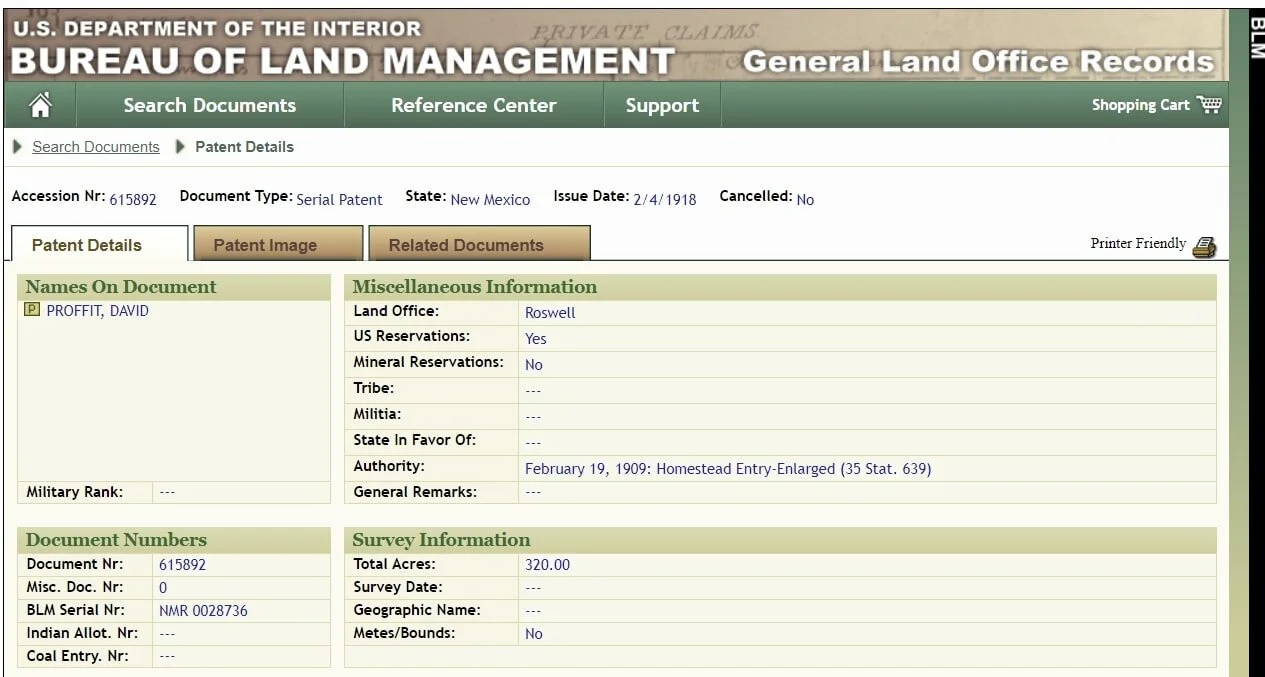
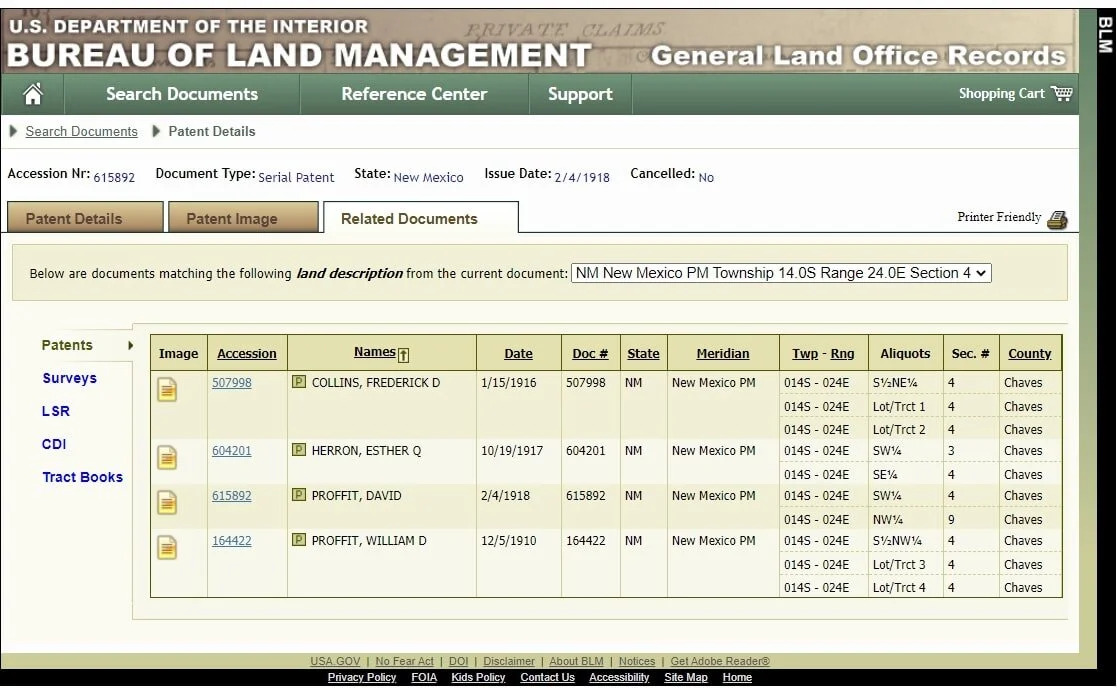

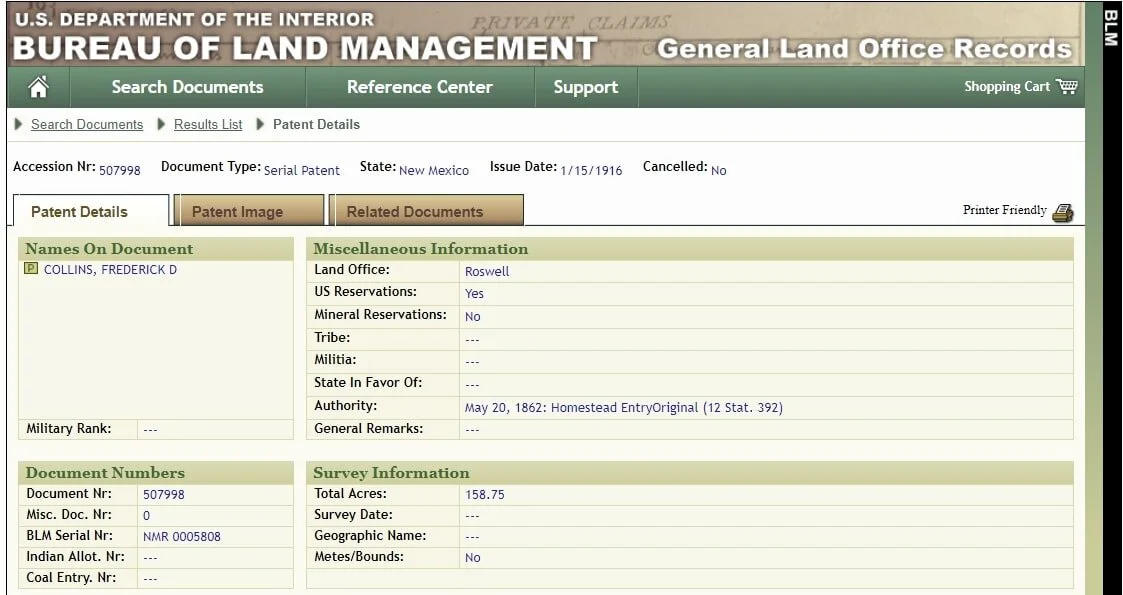
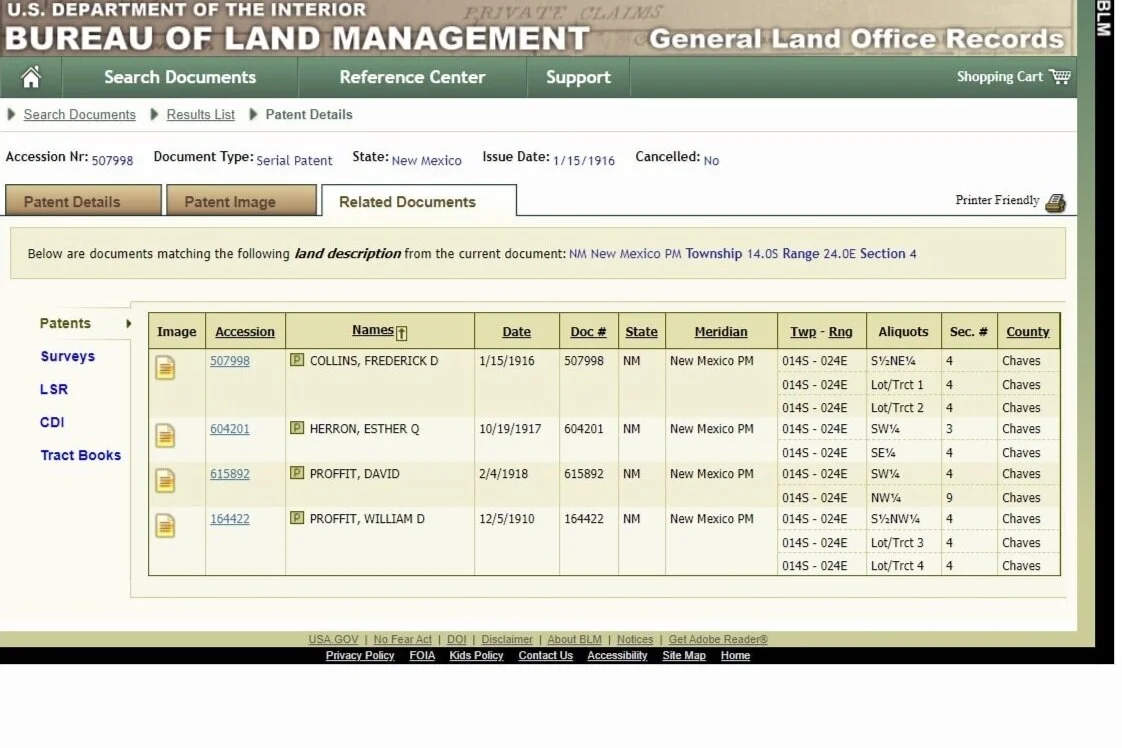
![#HōmstedClass Wedie Herron | [TWP 14S - RNG 24E / SEC 11] December 20, 1920](https://images.squarespace-cdn.com/content/v1/5d4c497ceaa8c80001255cec/1644572339178-0D88VVBJSETUWJLPNAB7/Wedie+Herron.jpeg)
